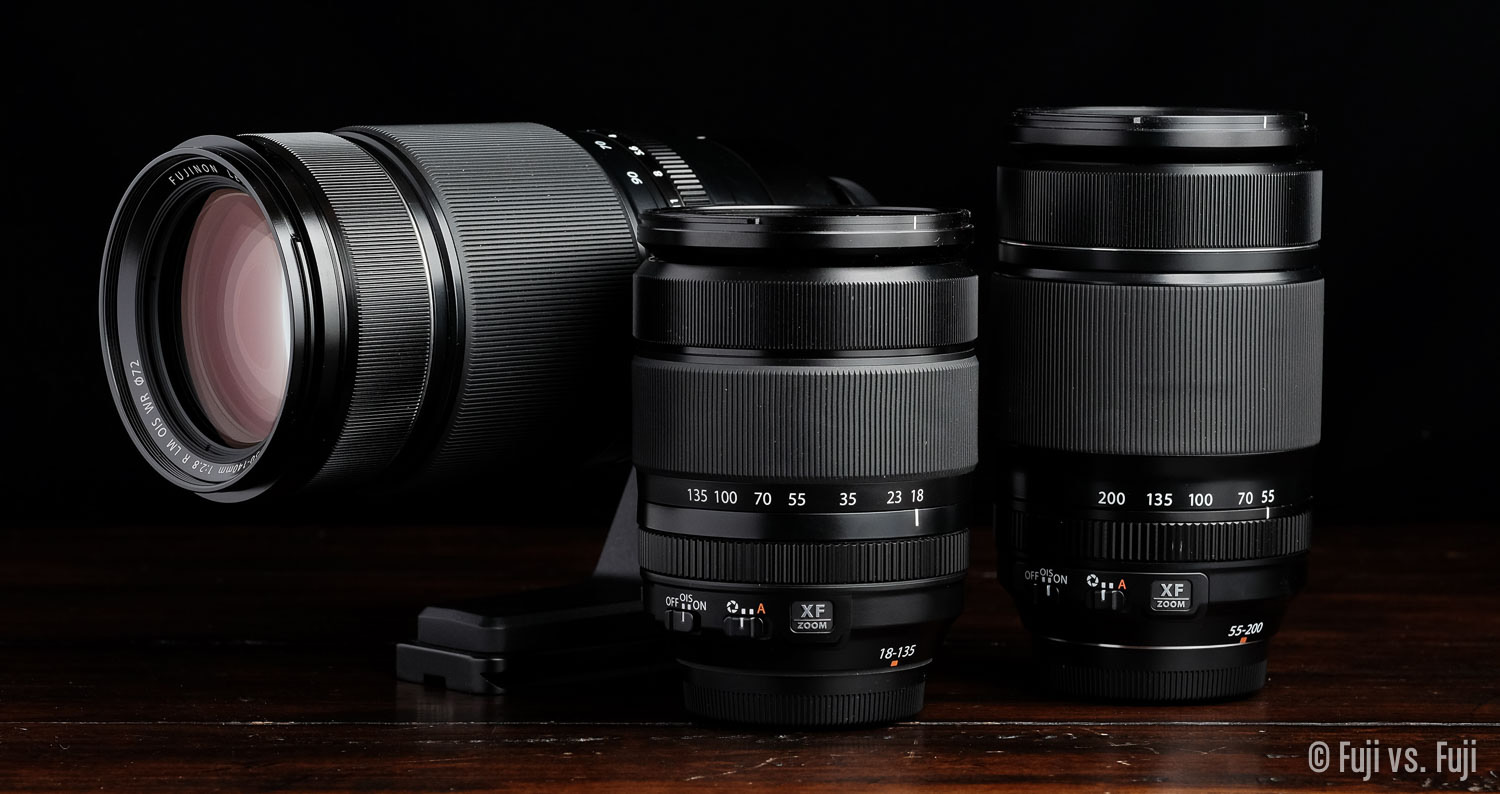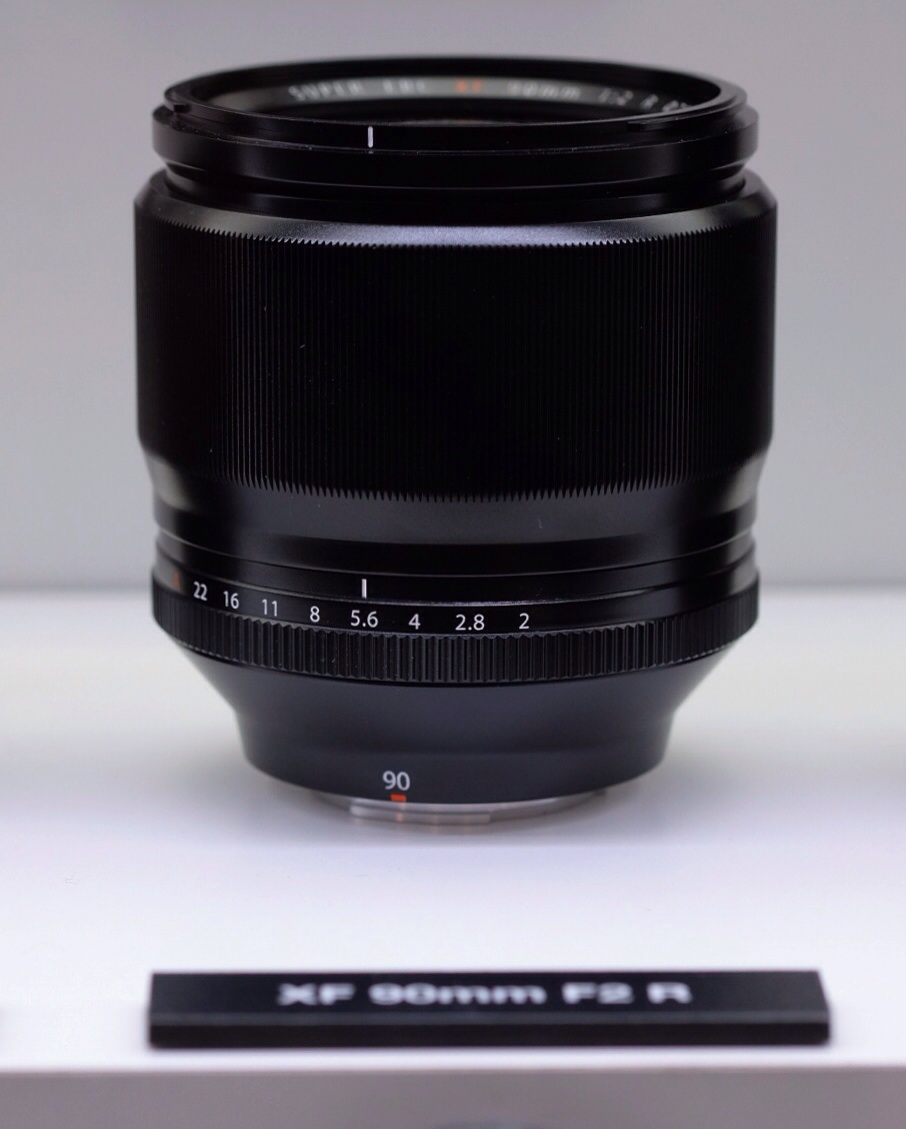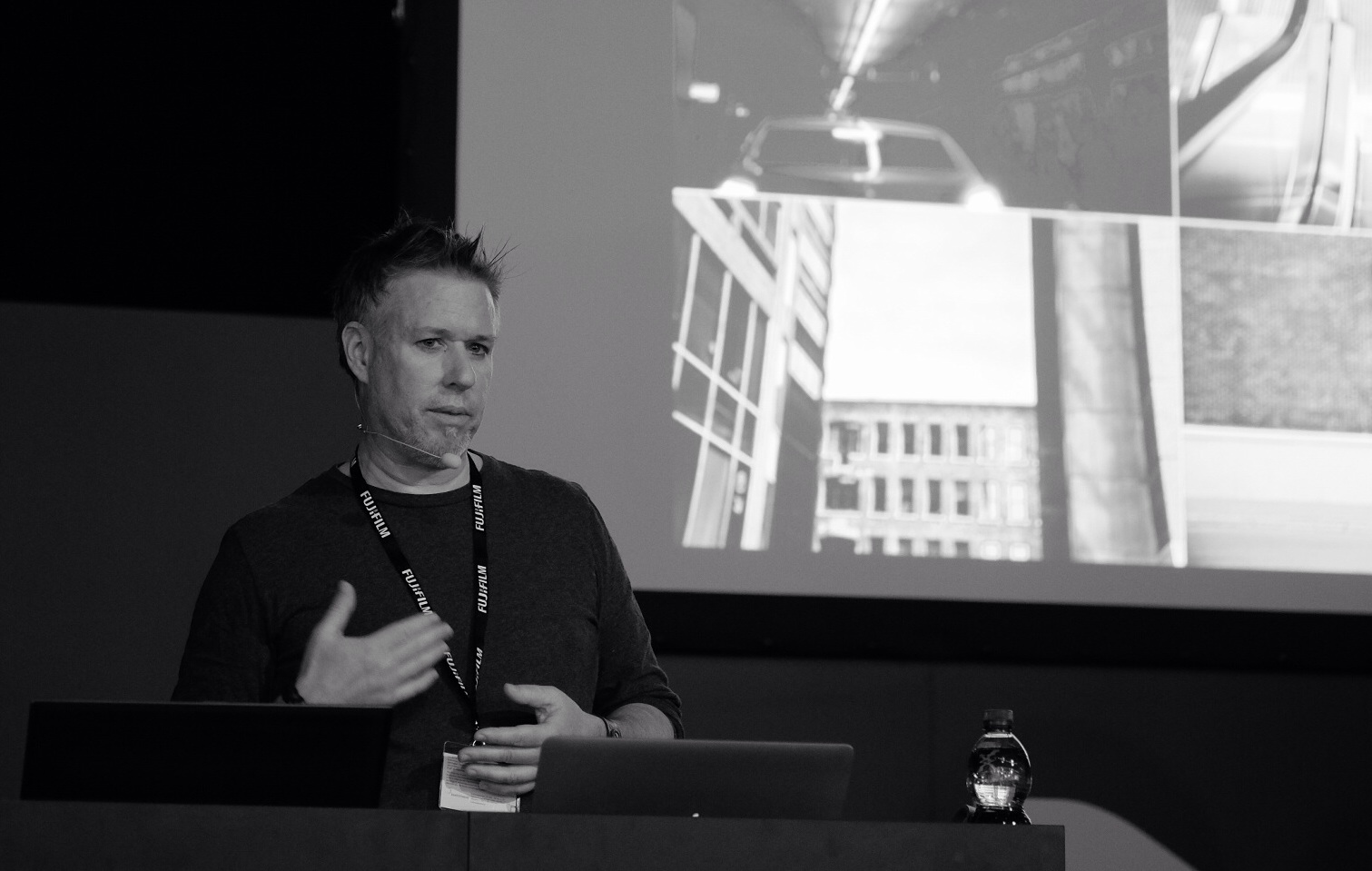A Brief Personal Story
This summer has been an adventure. Back in May, we had booked a trip back to the Lake District for the beginning of September. Lakeland is probably our favourite place on earth. The density of glacially carved mountains and lakes, and village cafe and pub splendour is unmatched. After publishing my review of the X-H1, I got to work on my XH1 vs. X-T2 article. It was coming along great, and as a bit of a spoiler, I was excited to finally shoot in The Lakes with Fuji cameras, and eager to put the XF 16-55mm F/2.8 WR to work on a stabilized body.
But in early June, one of our 4 cats got sick. Real sick. My wife and I spent 11 weeks exhausting every possible resource and sparing no expense trying to nurse our beloved cat back to health. After multiple opinions, and even more trips to veterinarian services, we decided there was no choice but to cancel our trip, believing we would still be getting Charlie back on his feet.
Things didn’t pan out that way, and sadly, we had to let Charlie go on August 19, 2018.
…
A few days later, my wife and I talked about what we would do with the vacation time we had already booked off work. No way we could go away, right? But then, what were we going to do otherwise, sit around at home? We decided to look into what was still available, and incredibly, everything we had previously booked still was, so we will be walking the fells of North West England in tribute to Charlie.
Back To Photography Stuff
Now, with all that time lost, I had to figure out what the hell to bring. It’s been a bit of a scramble the last couple of weeks, but given I leave today I’m settled on my photographic gear selection.
In the grip section of my X-H1 review, I noted that I wasn’t sure whether I wanted to deal with the heft of a gripped X-H1 and an L-plate, or stick to a body-only L-plate. As it turns out, I ended up getting both. The convenience of 3 batteries was too much turn down any time I wanted to use proper support, but I knew a gripped and plated X-H1 would be too big to travel with. Not only is it big and heavy, the size also has an affect on potential carry options.
Carry
The last time I was in the Lake District, I packed my Nikon gear in a newly acquired LowePro Photo Sport 200 AW→ after quite a bit of agonizing. I still love this bag. It’s crazy light, super adjustable, and has superb straps, both for your shoulders, and your waist. It is an excellent bag for hiking. Note that this is the first version of the bag. I have not yet tried the LowePro Photo Sport 200 AW II,→ but it looks like they haven’t fixed unbroken things.
Camera(s)
Based on the main camera compartment of that bag and my memory, the X-H1 with L-plate is fairly similar in size to the Nikon D700 I had in it before. It fits perfectly, where a gripped body would not.
I always thought when I traveled back to The Lake District, I’d bring something along the lines of my Invincible Landscaper kit. I’ll be bringing the lenses, but I won’t have a body dedicated to each. Instead, my second body will be an X-Pro2 with a weather sealed prime mounted for casual documentary shots.
Lenses
The X-H1 will mostly have the XF 16-55mm F2.8 WR mounted on it. The section below the main camera compartment in my bag is just large enough to hold an XF 50-140mm F2.8 WR without the tripod collar attached. It’s not ideal, but it seems about as sturdy to have the camera mounted on my tripod as it would be using the rather flex-prone tripod collar.
When I last took in these dramatic landscapes, I went wide with the Nikon 14-24mm f/2.8. This time around, 16mm on APS-C—24mm in 35mm equivalence—is the widest focal length I’ll have with me, and instead of going wider, I’m going much longer. This should open up my shooting possibilities a fair bit, but I’m wondering if I’ll miss the wide end.
Now, if this trip were happening a few months from now, there’s a very good chance I would repeat my focal length choice from last time with the XF 8-16mm F2.8 WR.
The XF 10-24mm F4 OIS sadly wasn’t even on the consideration list because weather sealing. If that lens came with those two magical initials, “W” and “R,” I’d be bringing that lens instead of the XF 16-55mm F2.8 WR along with a set of 72mm filters, rather than 77mm plus a step-up ring.
On my X-Pro2, it should come as no surprise that I’ll have the XF 35mm F2 WR mounted. I’m tossing around the idea of leaving the second body at home, but I really think I would regret it.
Support
I’m pretty shameless about going overboard on the support side of things. Luckily the tripod is one area that has gotten considerably smaller, and lighter. The TVC-23 and BH-40 I had for the full frame DSLR, protruded from my backpack a ridiculous amount. The TQC-14 I have now is much better suited for travel. I’ve thought about moving to the TFC-14 for travel for less weight, even more compactness, and to get closer to the ground, but the Quick Column is extremely convenient for quick (yes, quick) adjustments to height without having to reset 3 tripod legs and my composition. When it comes to getting low to the ground, I have one of Really Right Stuff’s Pocket Pods. And finally, when a tripod with won’t fit or isn’t allowed, I also have their Travel Clamp, which is proved to be remarkably versatile. Finally, I have a mobile phone clamp for capturing time lapses from fell tops and or while shooting long exposures.
Accessories
I’ve stepped the XF 50-140mm F2.8 WR up to 77mm via a Breakthrough Photography 72-77mm step-up ring so I can use a single set of 77mm filters—also from Breakthrough—for both Red Badge zooms. 3-stop, 6-stop, and 10-stop NDs as well as a Circular Polarizer are all in a tiny Tiffen filter case. They say it’s only for 58mm filters and smaller, but I get 77mm filters in there no problem.
The step-up ring means I need to go hoodless with the XF 50-140mm F2.8 WR, so I won’t be able to use it if the rain goes sideways. It’s a tradeoff I’m willing to make.
Hiking
One of the main reasons for our trip is to seriously get our hike on. For that, a good pair of boots, waterproof jacket, an accurate set of maps, and a compass are imperative. I’m new to Harvey “Superwalker” maps, but I already like them better than the OS maps I’ve used before. I find them so much clearer. For guided navigation, and to avoid the bother of a working smartphone, we use a Garmin Oregon 600, which has served us very well on trips to Europe in the past. We’ll see how it fairs on the minor roads in the Lakes.
The Whole Kit
Fujifilm
Really Right Stuff
Breakthrough Photography
Other
See you in a couple weeks.






























